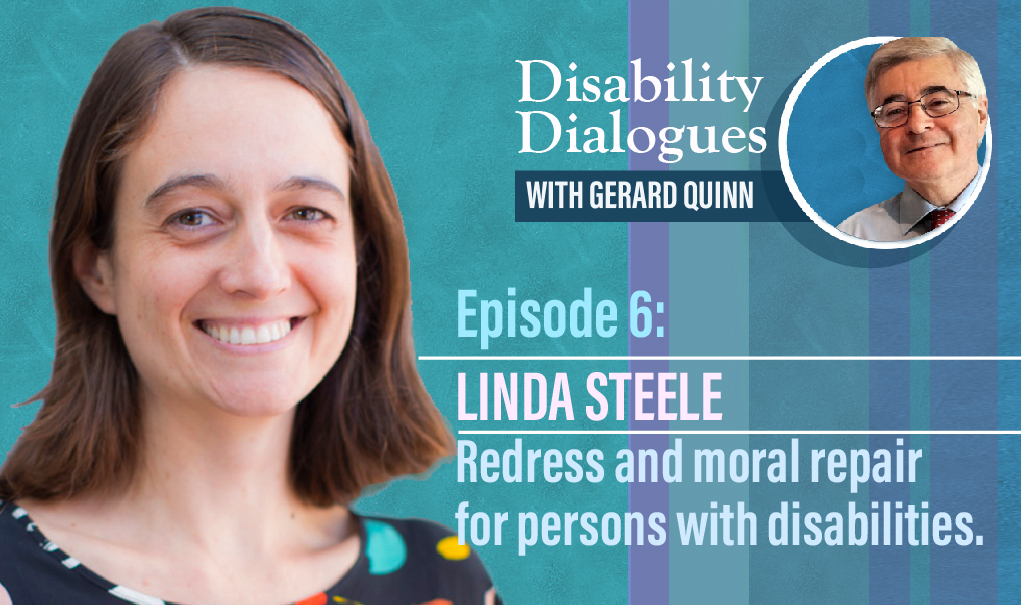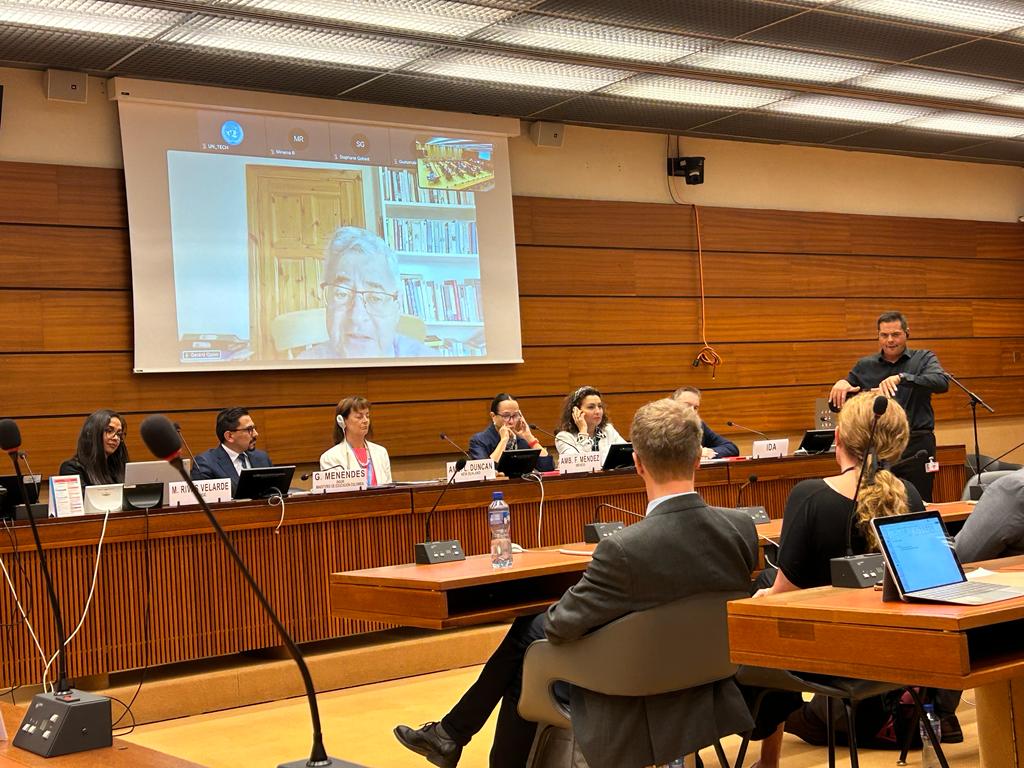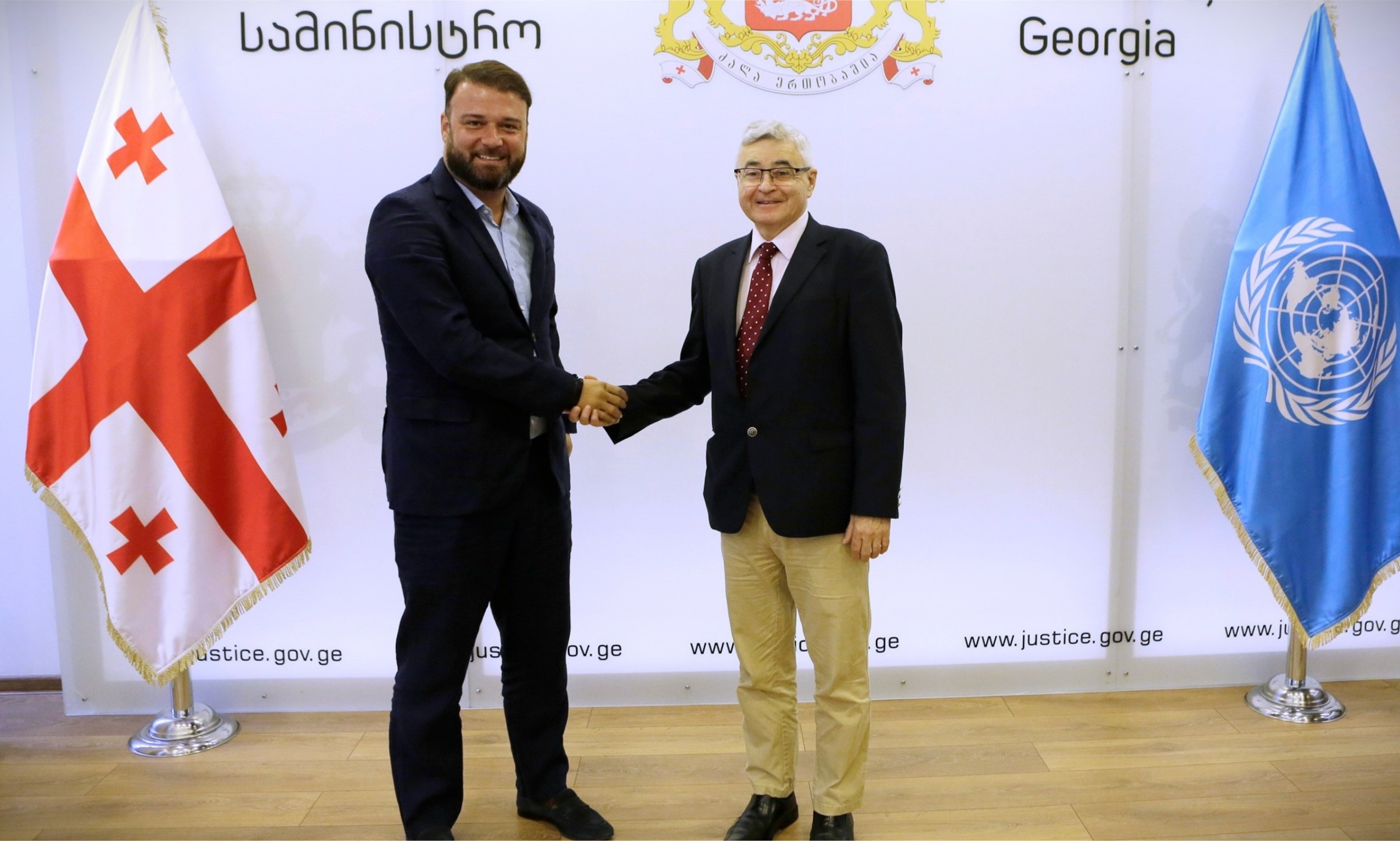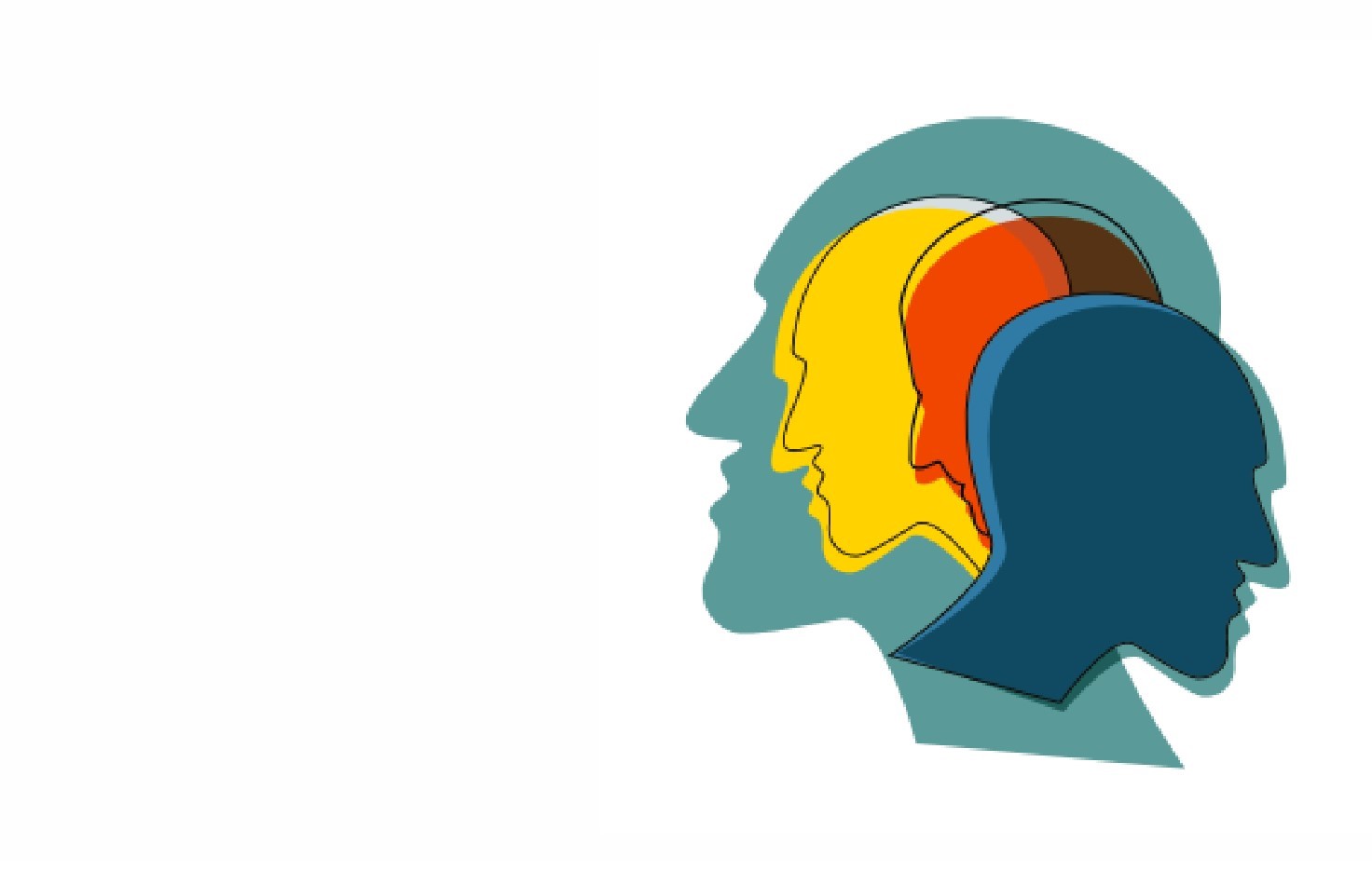The new EU Disability Strategy has created a good framework for action. The CRPD values have sunk deep roots in EU institutions. But continuing funding for institutions remains a main stumbling block to fulfill the bloc’s commitment to realize the rights of persons with disabilities.
There are approximately 87 million European citizens with disabilities. These numbers alone point to a natural concern to ensure that the inherent potential of the Union to act as a force for good in achieving the equal enjoyment of human rights by all of its citizens with disabilities is optimized.
The European Union – alongside its Member States –ratified the CRPD in 2010. The Convention remains the only UN human rights treaty to be formally ratified by the EU. Hence, it is a test case of marrying global human rights standards with the powers and competencies of the Union both internally and in its foreign relations.
The Union possesses powers of its own to act, and shares many important competencies with its Member States to act and to support their actions. Furthermore, and unlike most regional arrangements of States, the EU can leverage significant financial and other assets to facilitate and accelerate positive change.
This naturally gives rise to a concern to ensure that as close a nexus as possible exists between the rights and obligations contained in the CRPD and the posture and actual use of the various funding streams. At a minimum, they should not be used in a way that contradicts the CRPD.
An incidental feature of my visit was to gain an insight into the lessons that might be usefully shared with other regional organizations of States; and especially the role they might play in assisting their own Member States in CRPD implementations. The following are preliminary observations of progress in different areas of implementation.
Institutional architecture in the EU to advance the CRPD
The European Commission acts as the focal point of the EU internationally. It has an elaborate coordination mechanism on disability matters across its services. Each Directorate-General has already established their own disability liaison focal point. This is most welcome and critically important since, in most domains, the Commission retains the sole right to propose legislative and other initiatives.
The Union is assisted by the EU Fundamental Rights Agency to provide evidence-based advice on human rights to Member States when implementing EU law. The work product of this Agency on disability rights is admirable and even extends to advice on how to change budgeting systems to ensure monies are diverted away from institutions toward community living. The EU Ombudsman can entertain complaints from citizens (and staff members) about maladministration and has developed an impressive body of work on disability matters.
EQUINET – a network of national equality bodies – is also active on disability matters. This is important since the doctrine of ‘sincere cooperation’ requires such bodies as an aid to figuring out what is happening on the ground. EQUINET periodically clarifies core concepts like ‘reasonable accommodation’, which is a great contribution to reform. European level philanthropies also play a major role in raising capacity, especially among civil society.
The new EU Disability Strategy proposes to create a new platform to operationalize the doctrine of ‘sincere cooperation.’ It would be useful to see it, in time, adopt thematic priorities (e.g., reform of legal capacity laws, which is widely acknowledged as a major drawback across Europe.)
Internal EU law and policy
To date only one legal instrument has been adopted in the EU to prohibit discrimination on the ground of disability and only in the field of employment: the European Council Directive 2000/78/EC of 27 November 2000 establishing a general framework for equal treatment in employment and occupation. A significant body of case law has emerged from the Court of Justice of the EU on the disability ground.
A proposal by the European Commission dating back to 2008, to adopt a more horizontal Directive covering disability as a ground of discrimination has not made it past the Council, which must vote unanimously for its adoption.
Outside of non-discrimination law, there’s a substantial body of legislation on accessibility, such as the proposed Digital Services Act, the proposed Regulation of Artificial Intelligence, etc. Cumulatively, this makes the EU a natural leader of sorts in these fields.
EU external action
The new EU Disability Strategy includes a whole section on the EU in the world (Section 6.1). This is extremely welcome.
The EU Action Plan on Human Rights and Democracy contains many references to disability including encouraging the ratification of the CRPD by third countries.EU representations around the world now have their own focal points on development and disability. The Action Plan is also attentive to international humanitarian law, a key concern for persons with disabilities, and to cooperation with multilateral and regional fora including Special Procedures of the Human Rights Council, such as the mandate I hold.
The section in the 2020 EEAS Annual report on human rights and democracy on the rights of persons with disabilities is also welcome. It would be useful to include in it some analysis of EU actions to support civil society as interlocutors around the world.
Several excellent thematic human rights guidance notes have been issued by EEAS. It is suggested that one such guidance might be developed on disability rights to further consolidate good practice and guide action.
The EEAS is active in the UN Conference of States Parties to the CRPD as well as the ThirdCommittee of the UN General Assembly, among others. It also contributes regularly to debates on disability rights at the Human Rights Council (HRC) in Geneva. The EEAS might explore how it could step up this engagement with the UN HRC and the UN Office of the High Commissioner for Human Rights (OHCHR).
The engagement of EEAS in regional fora around world is equally impressive. It is suggested it might conduct dedicated meetings of regional bodies to share good practices and policy perspectives on how they can help their own Member States to advance the implementation of the CRPD in their own regions, while respecting local conditions and sensibilities.
It would make sense for the EEAS to make its voice heard against any further move to adopt the proposed Protocol to the Oviedo Convention in the Council of Europe system, which would bring it closer to the non-coercive model contemplated by the CRPD and indeed the World Health Organization (WHO).
I was impressed by the actions and operating philosophy of the Commission’s Directorate-General for Neighbourhood and Enlargement Negotiations (DG NEAR) which takes responsibility for policy and support toward accession candidate countries as well as European neighboring States. Several technical and financial instruments at the disposal of DG NEAR (e.g., neighborhood, development and international cooperation Instrument – NDICI) have been used to support disability civil society in accession and neighboring States.
The Commission’s Directorate-General for International Partnerships (DG INTPA) and the Directorate-General for European Civil Protection and International Humanitarian Aid Operations (DG ECHO) have incorporated disability perspectives into their work. For example, DG INTPA co-funded with the OHCHR a major project resulting in a set of Human Rights indicators on the CRPD in support of a disability inclusive 2030 Agenda for Sustainable Development.
EU Funding
The EU has at its disposal funds that can be used for a variety of purposes in the broader public interest. They include the European Structural and Investment Funds (ESIF) and in particular, the European Regional Development Fund which primarily focuses on infrastructure, and the European Social Fund+, which focuses on employment and social support).
After a public campaign in 2012, so-called ex ante conditionalities were added to the effect that monies could be spent in assisting the transition from institutions to community-based care. But the regulations did not prohibit the spending of monies on institutions – nor on trans-institutionalization (moving from larger to smaller institutions).
The Legal Services of the European Commission has weighed in on the debate and also came to the conclusion that spending monies on institutions is allowable under the ESIF Regulations. Reputedly, the Legal Services are of the opinion that the jurisprudence of the CRPD is of no, or limited, legal standing.
I welcome a clarification from the Legal Service that segregation of persons with disabilities on the basis of their disability, as long as the issue would fall within the material scope of EU law, could be regarded as discrimination. I would suggest this should be the operational assumption especially given the weight due to the CRPD in the EU’s legal order. It is strongly suggested that a thorough re-examination of the situation is warranted. This issue – which has existed for years - undercuts the valuable work being done across the various services of the Union.
Internal EU issues
The new EU Disability Strategy aims to make the EU a model and to lead by example. Considerable progress can be reported in this regard, for example, by the Commission’s Human Resources and Security department (DG HR) to advance the agenda of an inclusive and diverse workplace across the Union.
One unusual feature of the process was the breadth of medical testing allowable in the hiring process. Medical services are also engaged when determining whether a ‘reasonable accommodation’ is needed for an employee. This causes some pause for thought as many disabilities do not constitute illnesses as such. More reflection is needed as to the proper admixture of a medical model with the rights-based model of disability.
The medical character of the social benefits packages available to staff was also highlighted in meetings. For example, to get certain reimbursements a family with an autistic child must get a medical declaration (or the administrative equivalent) that the autism in question represents a long-term illness.
As an aspect of leading by example, the Commission is making strenuous efforts to ensure its buildings and its web platforms meet universal design standards. This ongoing work is to be strongly encouraged.
A longstanding issue is the European Schools. They had a reputation in the past for not being fully inclusive of diverse learning needs. It seems tangible progress is now being made after the adoption of an action plan in 2018 that is due to be updated.
Conclusions
All main EU Institutions seem both knowledgeable about, and committed to the implementation of the rights of persons with disabilities and the provisions of the CRPD.
The new EU Disability Strategy sets out a good framework for action. Individual services seem to have internalized the core messages of the EU Disability Strategy and the CRPD. So, it is not really a question of the CRPD driving change from the outside - but change is now being driven from the inside because its values have sunk deep roots.
The long-standing issues connecting with funding institutions can be ameliorated with sufficient political will. The jump-spark connection that needs to be made is easy – segregation of persons with disabilities is discrimination.
Here's the video of the press conference:





